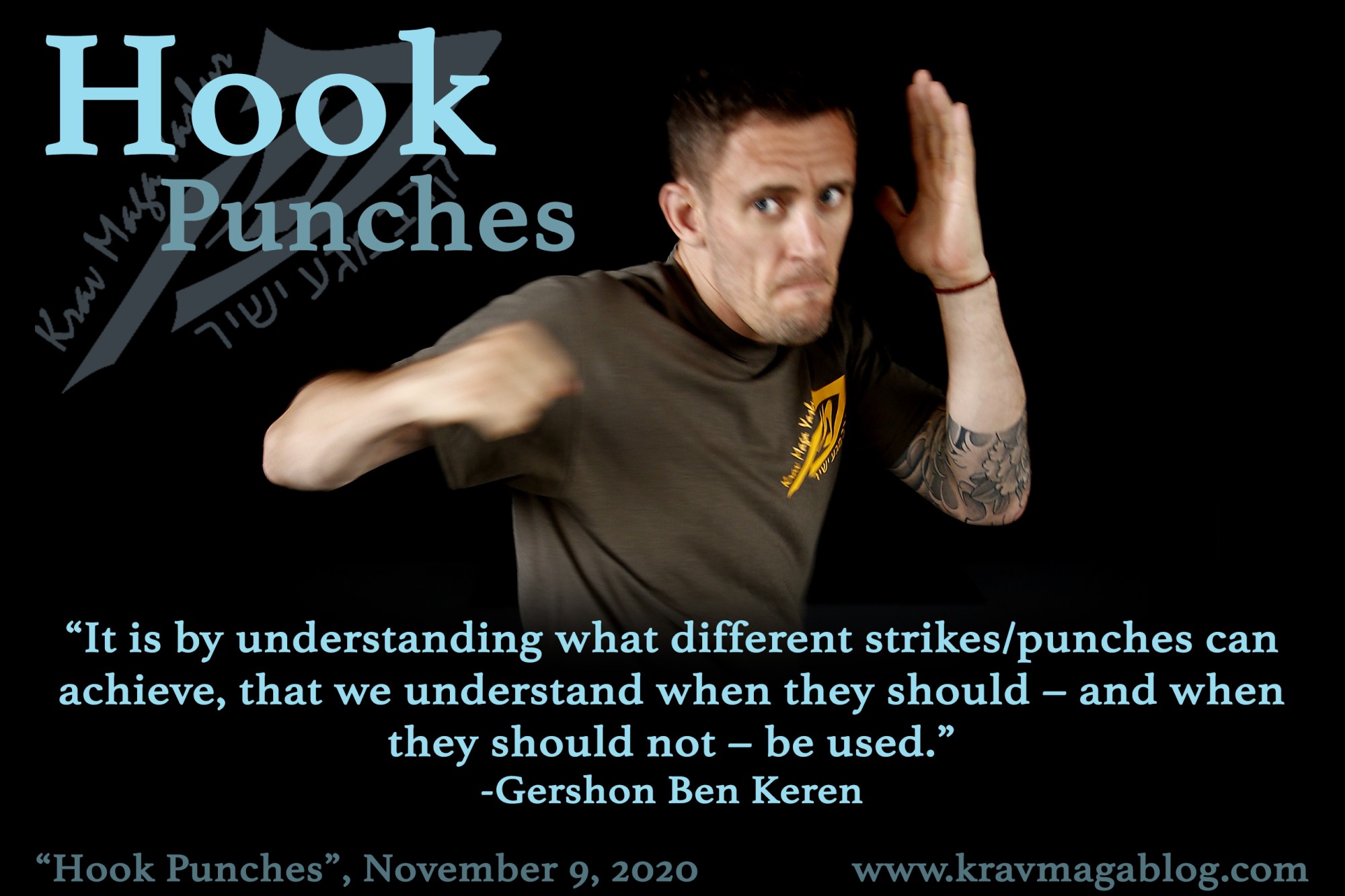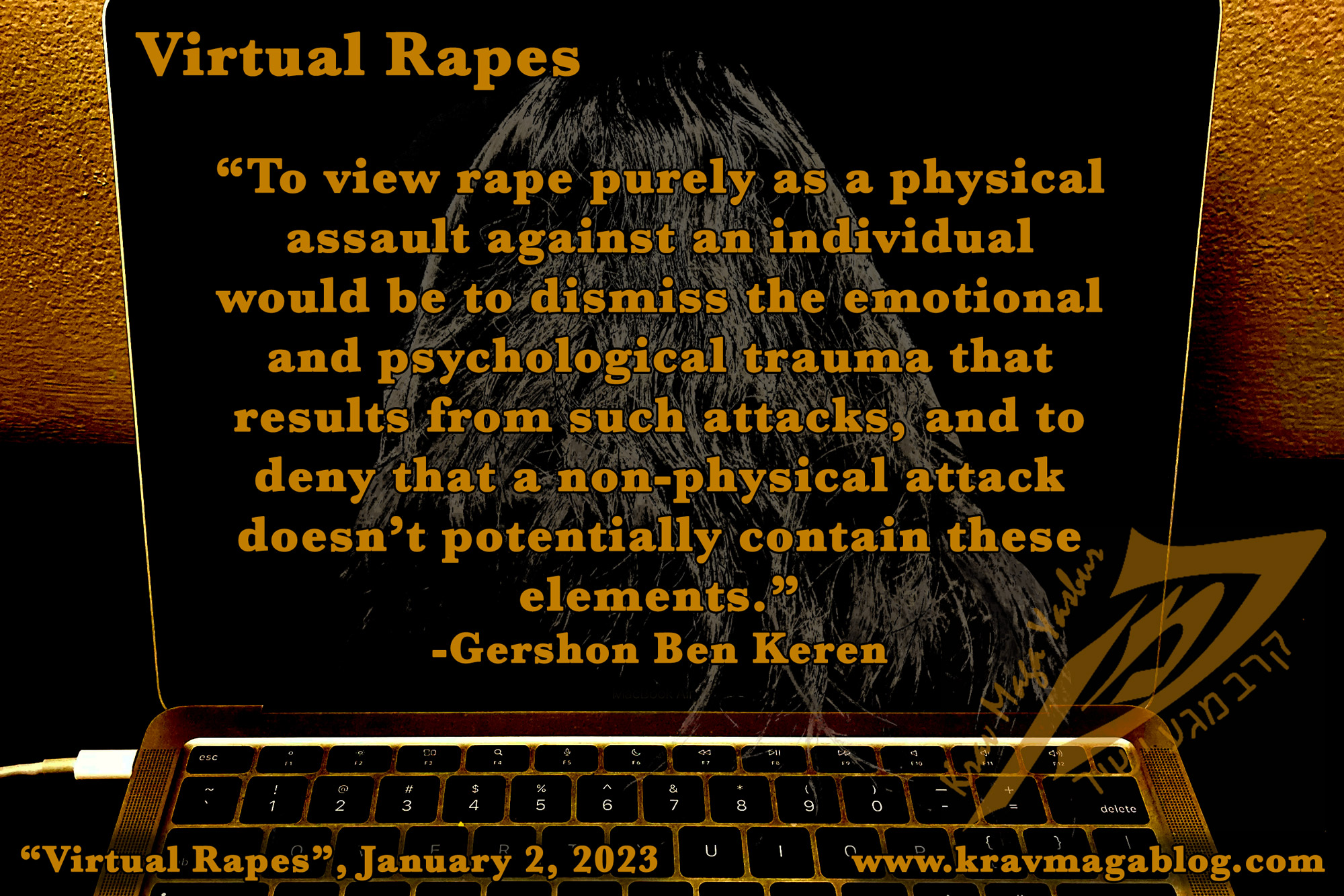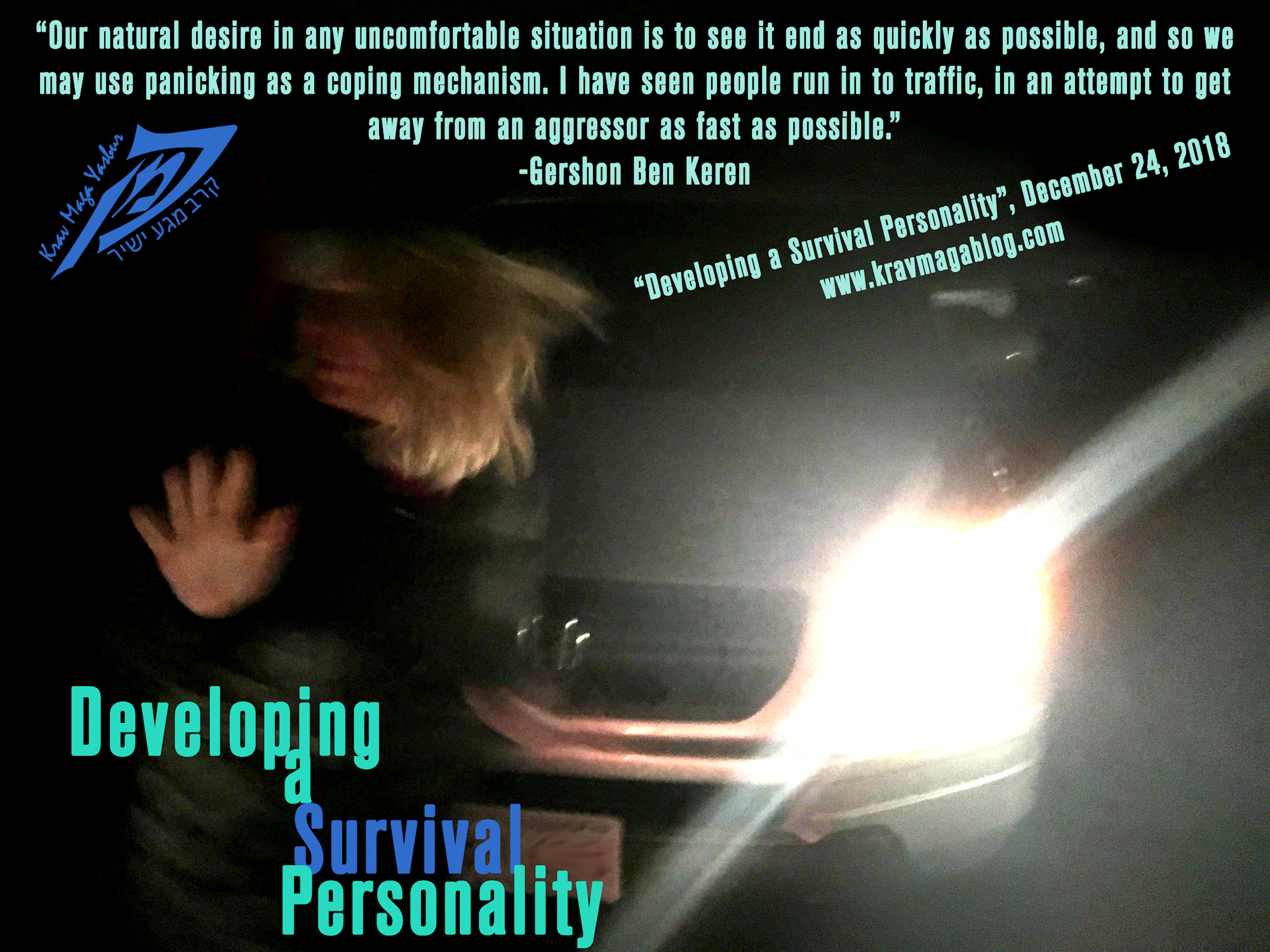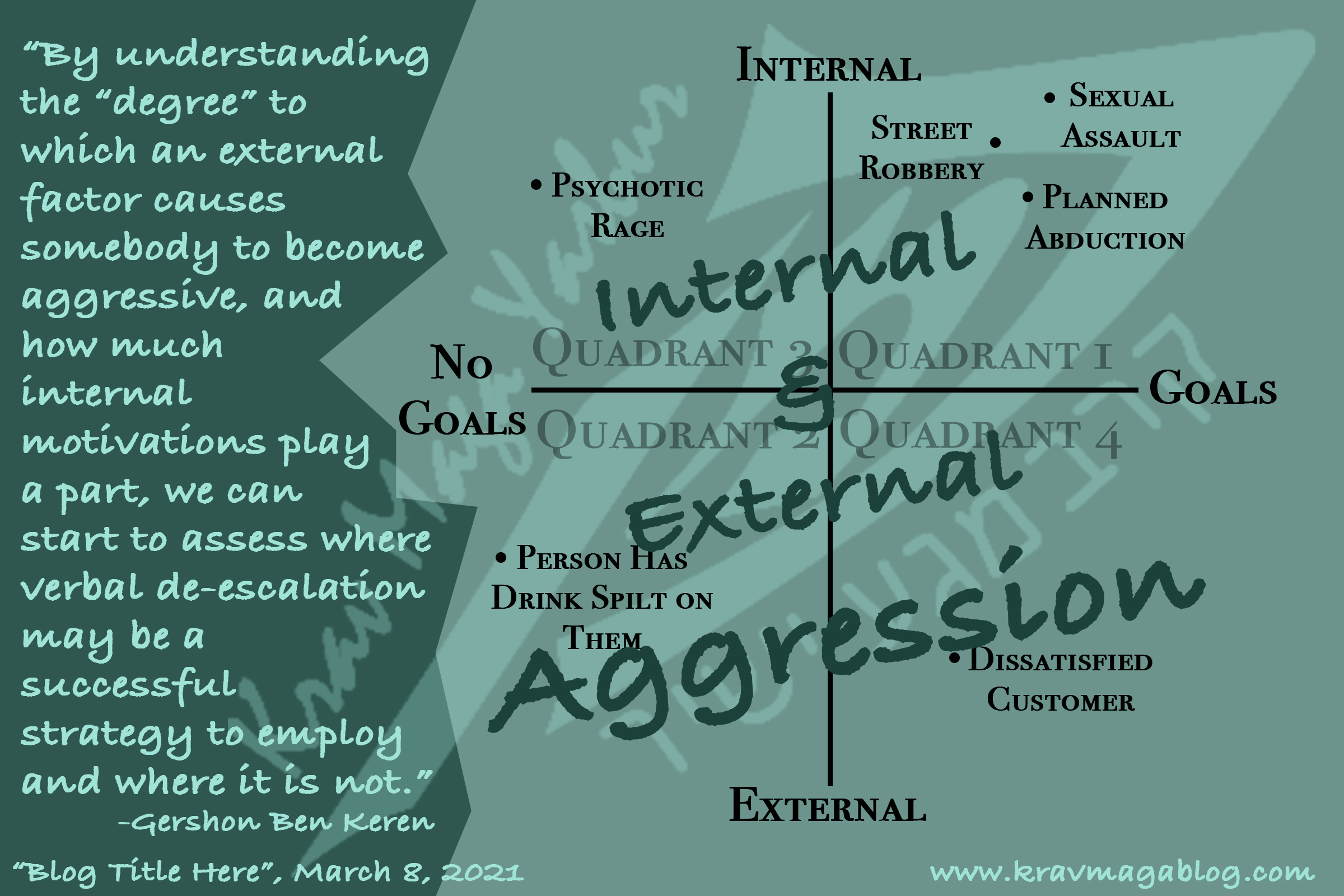Active Shooter (Part 2) - Hide, Fight, is an article written by Gershon Ben Keren, a 5th Degree Black Belt in Krav Maga, who teaches Krav Maga in Boston, MA. He has also authored three Amazon best-Selling Books on Krav Maga.
Although running and disengagement are preferred strategies (or tackling an active shooter, in the first stages of an incident – see the previous blog for reasons and details), the situation may not always allow you to implement them e.g. the shooter/killer is advancing towards you along the exit route you have chosen, etc. This may mean that your most effective strategy is to try and hide from them. This may simply involve remaining unseen and letting them pass you by, or it could involve possibly barricading yourself into a room, so that they have difficulty gaining access to you, and move on looking for easier – and more plentiful – victims, etc.
When you “hide” there are things that you should understand about your environment. One of these is the difference between cover and concealment; cover offers you protection from bullets, concealment merely obscures you from the gunman/shooter’s view. Fortunately, most shooters don’t understand the difference e.g. if you were able to barricade yourself into an office, during an act of workplace violence, it is unlikely that in a modern building, the partitioning wall between you and the shooter would offer much in the way of protection i.e. a round from a rifle would quite easily pass through it, etc. However, most people operating in a state of high stress and duress, won’t make this calculation. It should also be remembered that an active shooter is looking to kill as many people as possible, and shooting rounds, at the unknown may see them run out of bullets; firing into what may be an empty room, is not a good way to conserve ammunition that could be used against targets that can be sighted. In saying this, should you conceal yourself in this way, it is advisable to stay as low to the ground as possible, and make no noise whatsoever. If a shooter hears a number of voices he may feel it is worth his time, to try and gain entry to the room and/or take pot shots through the wall.
There are few objects that actually offer you true cover, and most of these are found outside of buildings, such as the engine block of a parked car (position yourself next to/alongside the front wheel of a car), or a concrete pillar that is used to support part of a building – don’t trust the decorative pillars that you find in many shopping malls, to stop a bullet.
If you work in an office that has a door, which is not lockable, and want to be able to secure it, get yourself a rubber door wedge (the type that are used to prop doors open) – in fact get two. They will probably not stop a determined assailant, however they may create enough of a problem that the shooter moves on to easier targets. Don’t make the mistake of positioning yourself behind the door to add weight to the doorstops, and prevent the gunman from coming into the room; this would probably be the time, when they shoot through the door at you. I will talk a bit later in this article about where to position yourself, if you select this survival option.
It is also worth noting that there may come a time, when your best survival option is to give up your hiding/concealment place, and make for an exit. If you hear a shooter trying and get into your room, and then move on in a direction away from an exit route you could use to make an escape, it may be worth your while giving up what has in a particular instance saved you, so that you can get to actual safety. There is nothing to say that once the shooter has dispatched the easy target, he won’t be coming back for the harder ones. An office or school room, unless it has reinforced walls, and anti-breaching locks (ones that require a breaching round to break them), is unlikely to stop/prevent a committed attacker from entering.
Psychologically, it is extremely difficult to give up something that has worked in the past, and accept that there will come a time when it won’t work i.e. our natural way of thinking is, engaging this action and behavior in the past, saved me, therefore it is a proven and effective solution, which means I should stick with it indefinitely. Unfortunately, attackers change their tactics and methods of assault; they educate themselves, etc. Blocking/Barricading yourself in a room, may work when there are other easier targets present, but once the supply of readily available victims starts to thin, the shooter may revise their plan and come back. Many active shooter situations in buildings, whether they are nightclubs, schools or office buildings, last for hours. What may have been given up in the moment, could become the subject of interest later. Being able to recognize what worked in a particular instance, but isn’t a universal solution, is applicable for all survival situations, not just active shooter and rampage killer ones.
Your hide option shouldn’t, unless absolutely necessary, compromise your ability to fight, and here is a truth worth remembering; active shooter(s), are not armies with unlimited resources, they are restricted by both time, numbers, and ammunition. They are not a foe, who can rampage indefinitely, nor resupply or re-equip themselves – what they bring to a particular location, is what they are restricted to using. They are an enemy with limited supplies, and time to maneuver. This means there is sometimes the chance and the opportunity to engage with them successfully. You are not facing an army, you are facing an individual, or at most a few. Fighting is an option, and the way you hide/conceal yourself can radically increase your chances of success.
If you have to hide, you should alter your environment to be in your favor, not your attacker’s. If you can darken the room, do so; this may involve pulling down blinds, smashing lights, etc. You will have time to let your eyes adjust to this light level; your attacker will not. Don’t underestimate the effect or value of doing this, the Civil Aviation Authority doesn’t. If you’ve ever been on a plane that’s landed at night, you will have noticed that they dim the lights on landing. There is a very good safety reason for this: if the plane crashes and people have to evacuate the plane, it is understood that survival chances are reduced if people have to adjust from full light to darkness – you want to decrease the shooter’s chances, by making them make this adjustment. If you can upturn a table or desk, so that they or their gun/rifle bump into this as they enter, all the better. The more things that the shooter has to process, the easier it will be for you to tackle them.
To tackle them, stay low, by the door. It is likely that they will have their rifle high, so as to be ready to shoot anyone they come across etc. Positioning yourself to be under their rifle, as they enter the room, will make it difficult for them to turn and train their weapon on you. This will give you the opportunity to rugby tackle them from the side, whilst staying under and behind their weapon. Your goal is simply to take them to the ground, smother them, and strike them till they are unconscious/incapable of continuing the fight. If there are others who can assist you, have them positioned behind you, to add weight of numbers to your attack.
As always, the sophistication, the planning, the strategy, etc. comes before the attack. Once you attack, it should be simple, violent, and brutal; it gets little simpler than a rugby tackle and a beat down (one reason most street thugs are so effective – simplicity with aggression). As with any type of violence, you should want to avoid it e.g. disengage and conceal yourself (preferably with cover) etc. but when it is inevitable, you should do everything beforehand to increase your survival chances, whether it is an active shooter or another type of aggressor.
0 COMMENTS













